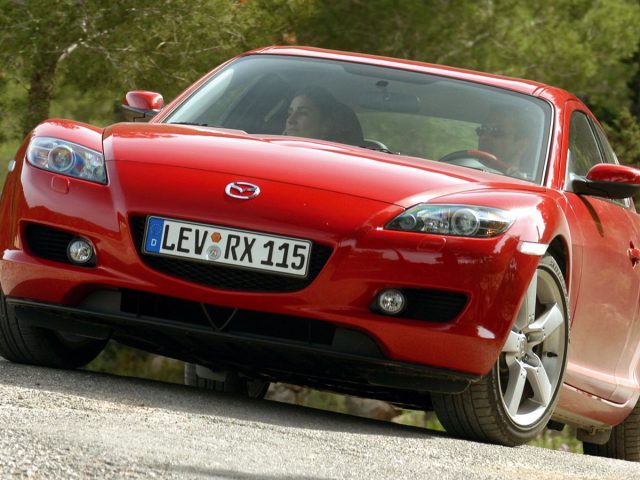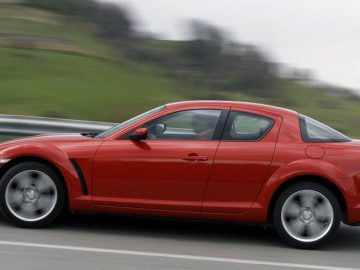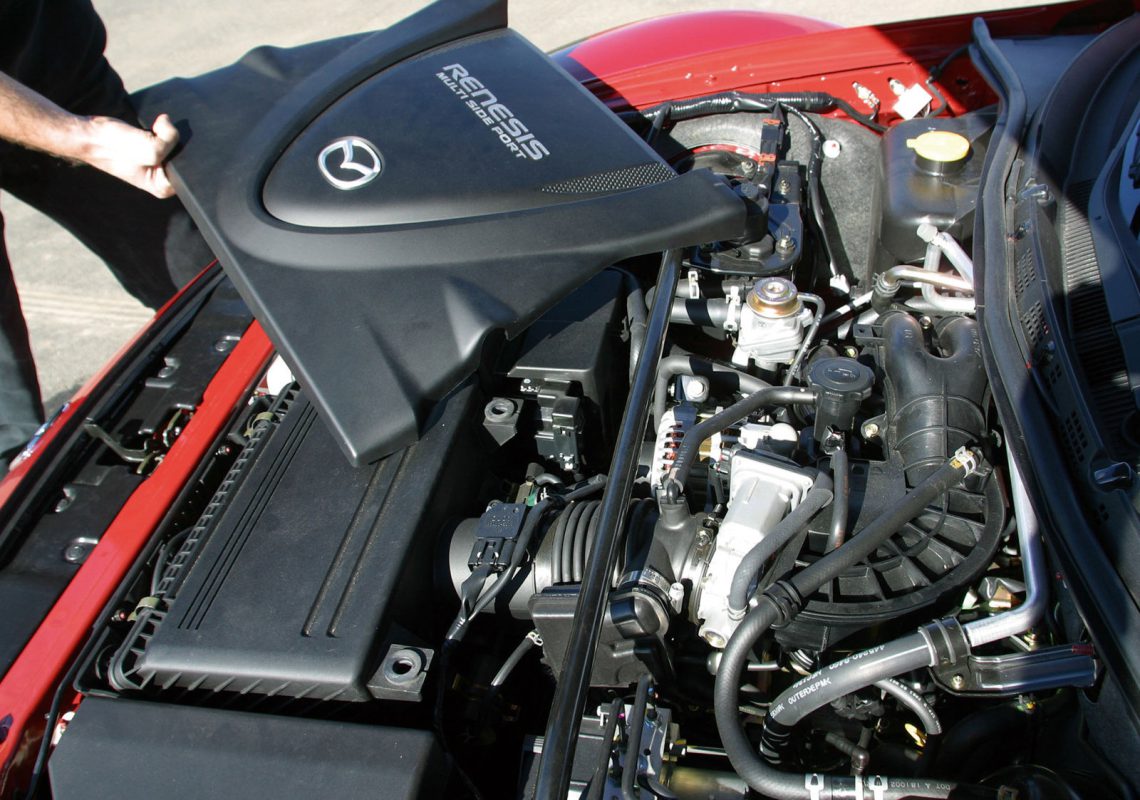Everything you need to know about the wankel engine
How does a wankel engine work?
Basically, a wankel engine works the same as a conventional internal combustion engine. A motor works with so-called “strokes. First an intake stroke takes place, where first the piston goes down, and a mixture of gasoline and air is sucked into the combustion chamber. Next comes the compression stroke, where the piston rises and compresses the mixture. On the next stroke, the work stroke, the spark plug provides a spark and ignition takes place.
On the exhaust stroke, the exhaust valve opens and then the mixture is pushed out. In a regular engine, this process takes place in the same combustion chamber. In the wankel engine this is not so, there each stroke takes place in a different place. All strokes can take place at the same time in this way, which ensures that this technique provides relatively high power at low stroke volumes.

Advantages and disadvantages
There are a few drawbacks to wankel engines, though. This is because the corners of the triangular pistons can be prone to wear, causing, for example, some unburned mixture to go out of the exhaust. An even greater disadvantage – especially in this day and age – is high fuel consumption. Also, a wankel engine generally consumes a bit more oil compared to a conventional internal combustion engine.
A big advantage of a wankel engine is the sound. Also, wankel engines are fairly compact compared to regular internal combustion engines. Also, wankel engines have relatively few moving parts. This ensures that less maintenance is required.

Famous cars with wankel engines
The very first wankel-engined car was the NSU RO80. This car was ahead of its time, especially in design. The engine was only one liter in size, but produced a whopping 113 horsepower! However, the reliability of this first wankel block was not great, and so the NSU brand soon went down with numerous warranty claims. Mercedes and Citroën both released prototypes of cars with wankel engines, but this brought more cons than advantages.







Mazda is the wankel engine expert
The Japanese brand Mazda did manage to make models with wankel engines successful. Consider the recent RX-7 and RX-8, or the 787B race car. With the latter, they even managed to win the Le Mans! This engine produced over 900 hp without a limiter, but was scaled back to 700 hp for the Le Mans. Just listen to the bizarre sound in the video below!
Wankel engine returns
After the RX-8, it was a long time with wankel engines at Mazda. But the Japanese automaker has an engine comeback in store. In the electric Mazda MX-30, the wankel engine returns as a range extender. A wankel engine can “run” on various types of fuel. Hydrogen technology is also suitable for the wankel engine.


